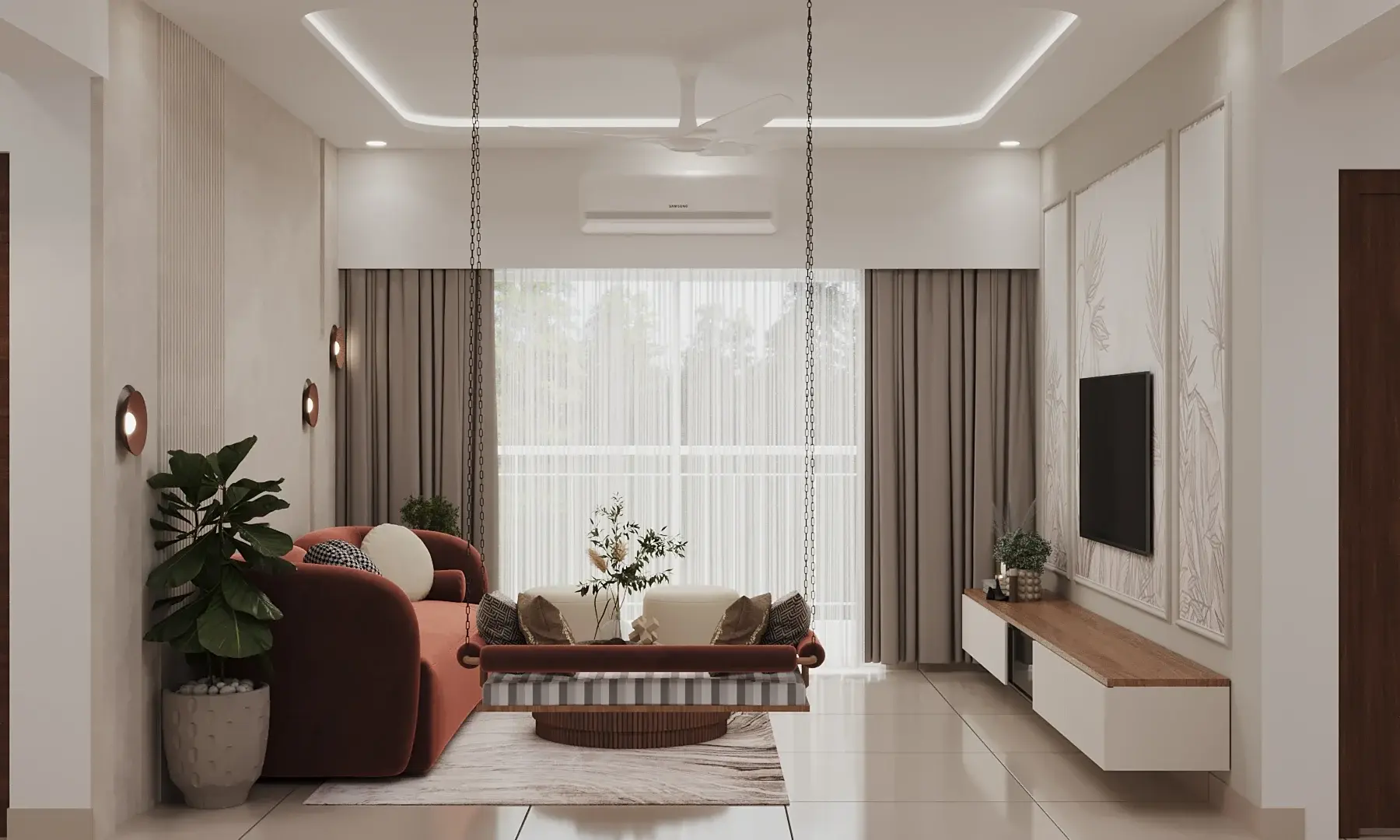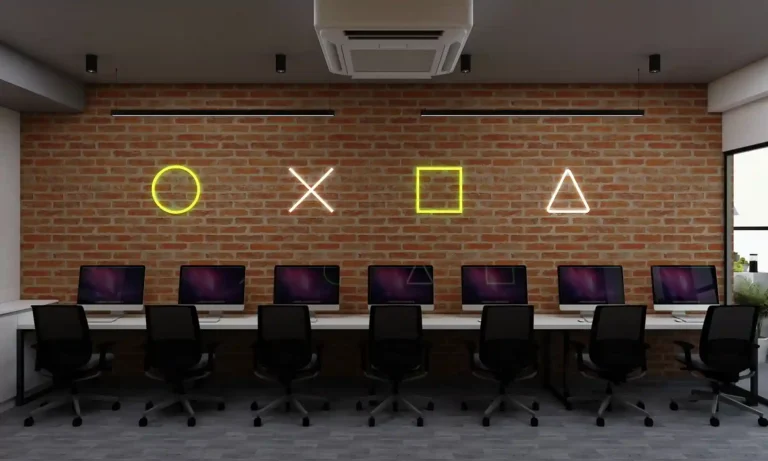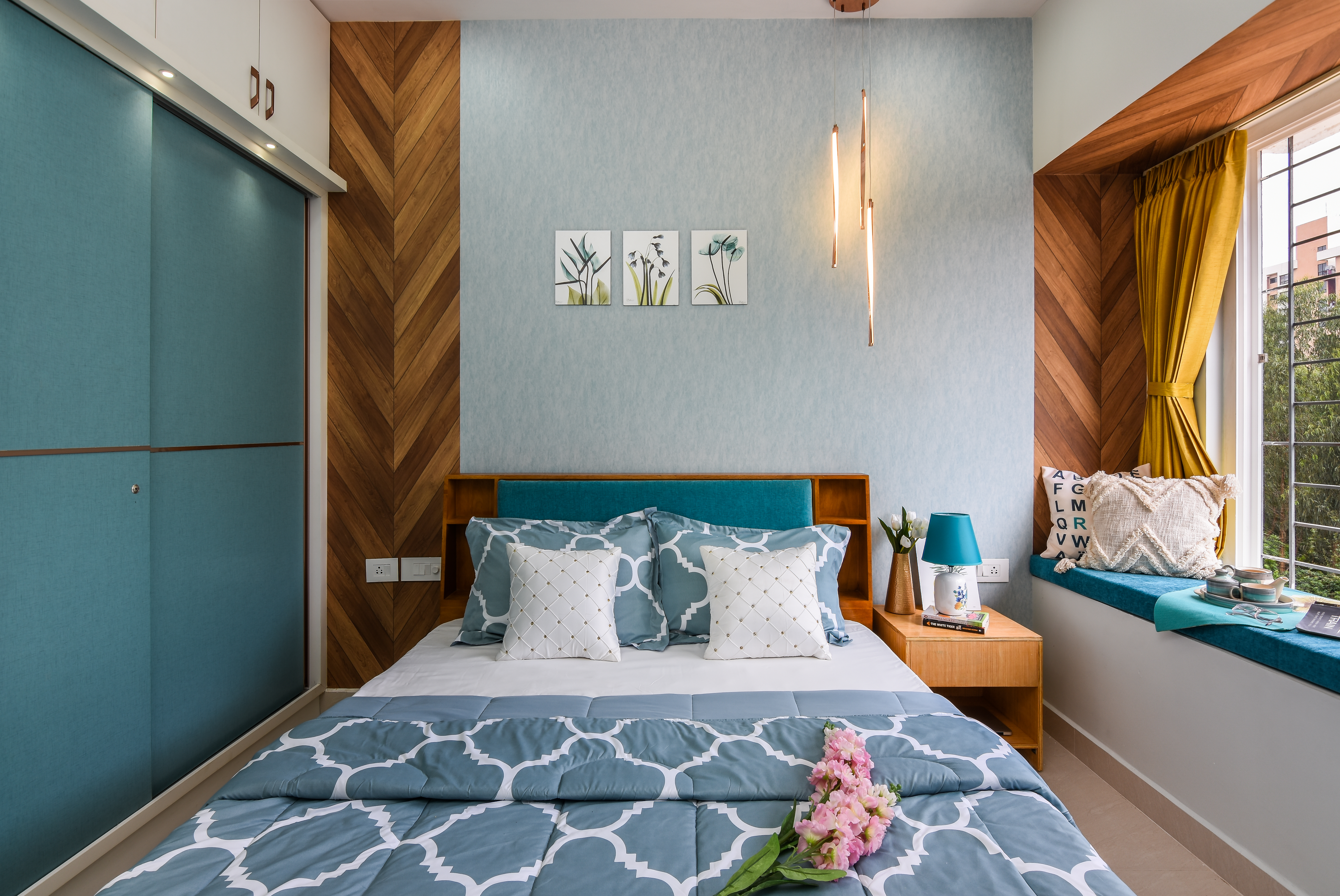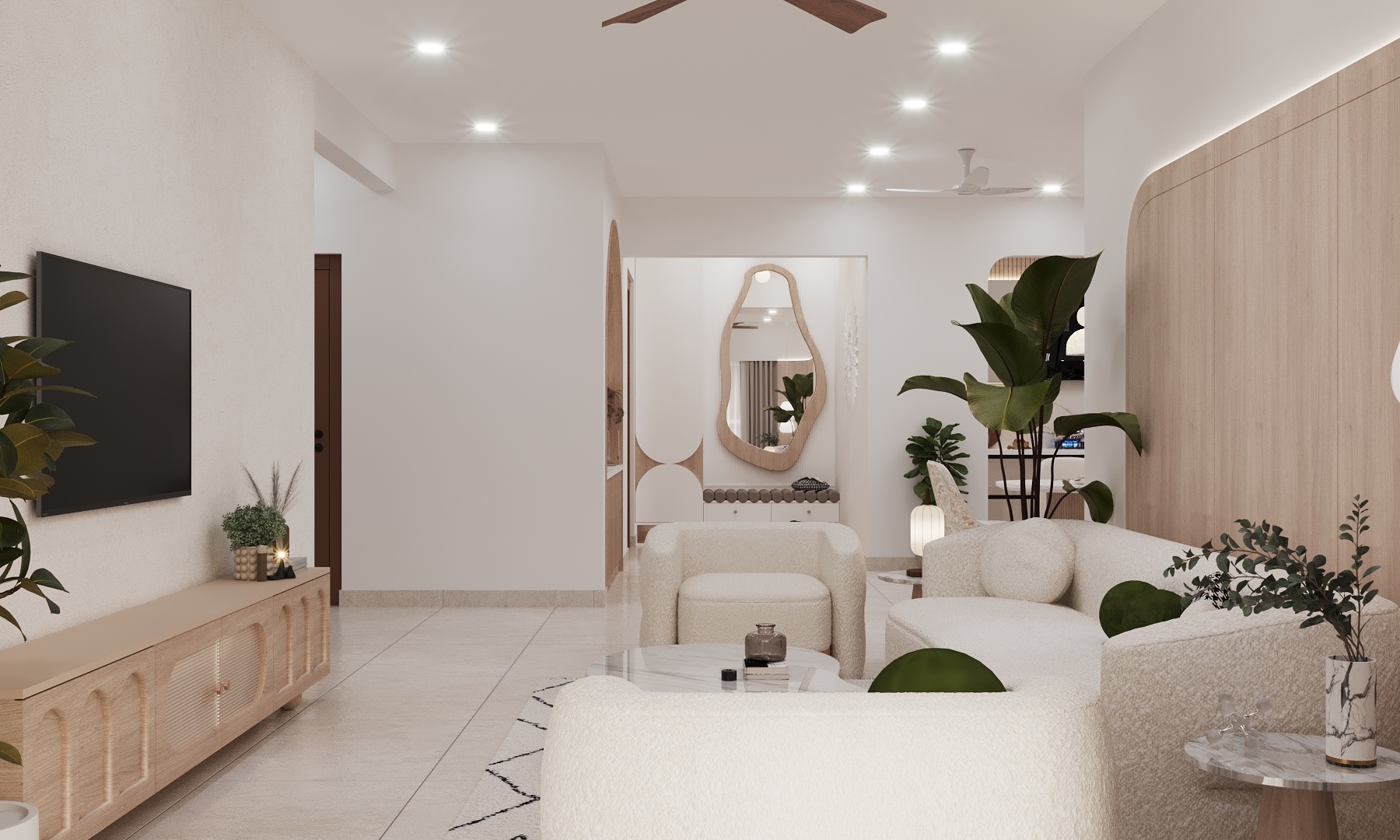Modular Kitchen Design: How to Maximize Functionality and Style
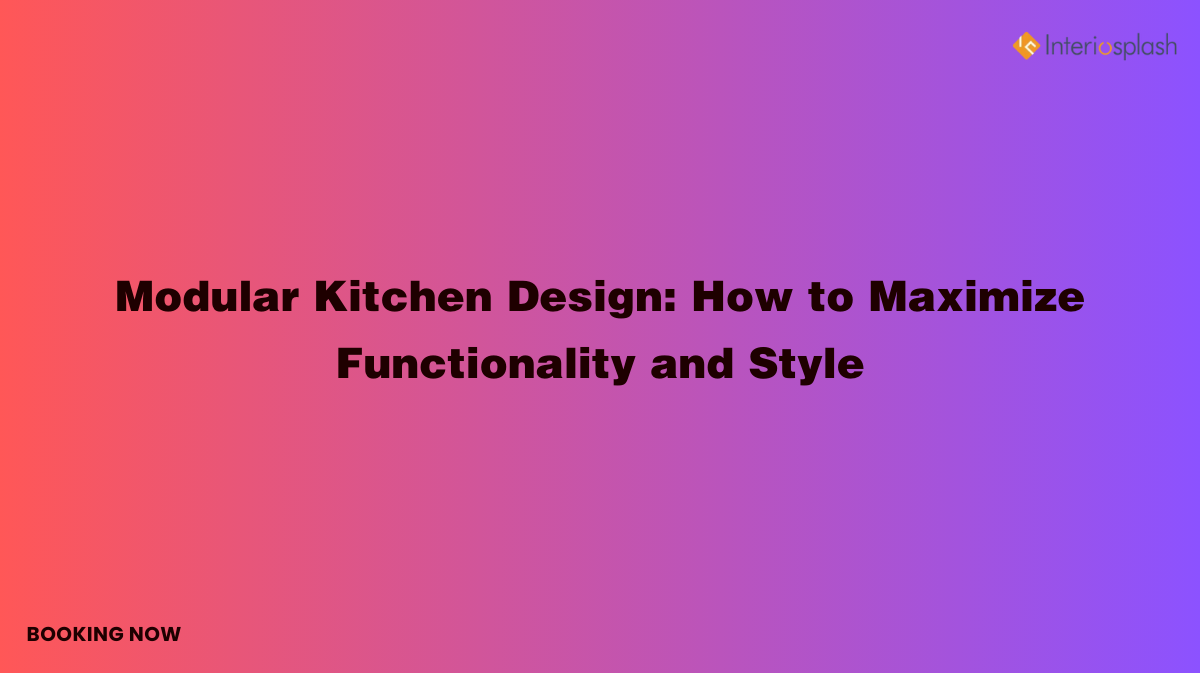
Strong 8k brings an ultra-HD IPTV experience to your living room and your pocket.
Introduction
The modular kitchen design is ort of the home—a space where culinary creativity meets family bonding. But, in today's fast-paced world, it's more than just a cooking space. It has evolved into a multifunctional hub for both cooking and entertaining. As such, optimizing every inch of available space and incorporating features that simplify daily chores are of utmost importance.
Modular kitchens have gained immense popularity in recent years due to their customizable and efficient design. Unlike traditional kitchens that require specific layouts and custom cabinetry, modular kitchen design consists of pre-made units that fit together and can be tailored to suit your preferences and requirements. This modularity brings numerous advantages, from ease of installation to flexibility in design choices and functionality.
Whether you're working with a compact kitchen space or a larger area, modular kitchen design can unlock a world of possibilities. But achieving the right balance between form and function requires a strategic approach. By focusing on key areas such as design planning, functionality, and aesthetics, you can ensure that your modular kitchen is a combination of style and efficiency.
1. Design Planning: Mapping the Space
The first step in creating the perfect modular kitchen is careful planning of the space. Whether your kitchen is small or large, the key lies in ensuring an efficient workflow while maintaining the freedom to personalize your design.
Understand the Work Triangle: The work triangle—connecting the stove, sink, and refrigerator—is the basic layout principle for functional kitchens. For any kitchen, optimizing this triangle ensures smooth workflow when preparing meals. Modular designs are flexible, allowing the work triangle to be easily achieved in any kitchen layout.
Measure Your Space: Begin by measuring your kitchen to understand the available space. Modular units can be arranged to fit the exact dimensions of your kitchen, allowing for maximum use of every inch of space.
Assess Your Cooking Style: Are you an occasional cook or someone who enjoys preparing gourmet meals? Knowing your needs allows you to choose specific modules that cater to your cooking style. For example, you might opt for larger countertops, more drawers, or additional space for appliances if you love cooking.
When planning your kitchen's layout, taking these factors into account will help you determine how to arrange modular units most effectively.
2. Choosing the Right Materials for Durability and Style
Selecting the right materials is a vital factor in achieving both a durable and stylish modular kitchen. The choice of materials affects everything from aesthetic appeal to practicality. As modular kitchens combine ready-made units, it's important to choose materials that ensure lasting durability while matching your desired look and feel.
Countertop Materials: When it comes to countertops, natural stone options like granite or marble offer both timeless style and durability. Alternatively, engineered surfaces like quartz and granite composite are non-porous, easy to maintain, and resistant to stains and scratches.
Cabinet Finishes: Cabinets are available in a wide variety of finishes, from gloss to matte, natural wood to high-quality laminates, or even sleek glass panels. Each of these finishes offers a distinct visual aesthetic.
Backsplashes: The backsplash area in a modular kitchen is an ideal space for showcasing stylish tilework. Classic subway tiles, modern mosaic tiles, or even textured patterns in neutral shades add a visual appeal and protect your walls from moisture.
Flooring: Floors need to be durable enough to withstand the demands of a kitchen while still looking stylish. Wood, tiles, and vinyl flooring options all provide different finishes that contribute to a kitchen's atmosphere while being practical for high-traffic areas.
By combining functional materials with elegant design, your modular kitchen will stand the test of time while still offering a modern and inviting atmosphere.
3. Optimizing Lighting for Ambience and Functionality
Lighting can transform a modular kitchen, creating an inviting ambiance while also optimizing visibility for cooking and meal prep. Thoughtfully planned lighting strategies ensure that your kitchen remains a well-lit, functional, and stylish space.
Layered Lighting: In a modular kitchen, layers of lighting—ambient, task, and accent—can provide just the right atmosphere. Recessed overhead lights or ceiling fixtures offer general lighting, while task lights placed under cabinets or countertops provide directed light for meal preparation.
Accent Lighting: For added drama and elegance, install accent lighting in key areas such as above kitchen islands, inside cabinets, or beneath shelving units. These lights can highlight architectural features, materials, and colors within the kitchen.
Under-Cabinet Lighting: Under-cabinet lights are a must-have for every modular kitchen. They brighten up your workspaces and increase visibility when preparing meals.
Good lighting enhances not only functionality but the aesthetic qualities of your modular kitchen design, making it both a practical and beautiful space.
4. Stylish and Functional Appliances
One of the key features of modular kitchen design is the incorporation of advanced, space-saving appliances that meet both aesthetic and functional needs.
Built-In Appliances: Choose built-in or integrated appliances to save space and ensure a streamlined appearance. Integrated refrigerators, dishwashers, and ovens blend seamlessly into your cabinetry for a chic and clutter-free look.
Compact Solutions: In smaller kitchens, compact appliances can maximize space. For example, a two-burner induction stove or a combination microwave-oven saves room while offering full cooking capabilities.
Smart Appliances: As technology evolves, modern kitchens have the opportunity to incorporate smart appliances. From refrigerators with touch screens to automated cooking systems, these innovations offer enhanced convenience and control.
Including appliances that complement your modular design in terms of functionality, size, and appearance will make your kitchen as effective as it is stylish.
5. Color Schemes and Finishes
The color palette of your modular kitchen sets the tone for the entire space. Whether you're aiming for bold and contemporary or calm and minimalist, choosing the right colors will enhance the aesthetics while ensuring the kitchen is comfortable and functional.
Neutral Colors: White, beige, or grey are classic choices for modular kitchens. These neutral shades form a sleek backdrop, allowing other design elements like lighting, countertops, and appliances to stand out.
Bold Accents: Accent walls, brightly colored cabinetry, or unique tiling can create contrast and vibrancy in the kitchen. Think bold blues, rich greens, or even deep jewel tones like emerald and sapphire.
Textured Finishes: Mix and match different textures within your modular kitchen design. Matte finishes on countertops, glossy cabinetry, and stainless steel appliances all combine to create dynamic visual interest.
A combination of neutral and bold tones, along with interesting textures, can create a beautiful and timeless modular kitchen that suits your style and elevates your cooking space.
6. Sustainable Design Choices
Sustainability is an ever-growing trend in kitchen design. Modular kitchens offer great flexibility in using eco-friendly materials and practices without sacrificing style or functionality.
Sustainable Materials: Opt for sustainably sourced wood, recycled metals, or energy-efficient appliances. Materials like bamboo for cabinetry or countertops made from recycled stone contribute to a more eco-conscious kitchen.
Water Conservation: Choose water-efficient fixtures and faucets that reduce water consumption, aligning with an eco-friendly kitchen design.
Energy-Efficient Lighting: Switch to LED lights and energy-efficient bulbs that use less power while providing ample lighting for your kitchen space.
By incorporating sustainable elements into your modular kitchen, you can reduce your environmental impact while still achieving a design that is both functional and beautiful.
Conclusion
A modular kitchen design is the perfect blend of functionality, flexibility, and style. Through careful planning, choosing the right materials, optimizing lighting, maximizing storage, and incorporating smart appliances, you can create a kitchen that works harmoniously with your lifestyle. Whether your kitchen is large or small, modular design principles allow you to maximize space while tailoring every feature to your taste. This approach to kitchen design provides a practical solution for modern homes, transforming the cooking space into a room that supports both style and efficiency. To bring your vision to life, working with an interior designer in Bangalore can provide expert guidance in crafting a modular kitchen that combines both form and function seamlessly.
Note: IndiBlogHub features both user-submitted and editorial content. We do not verify third-party contributions. Read our Disclaimer and Privacy Policyfor details.



